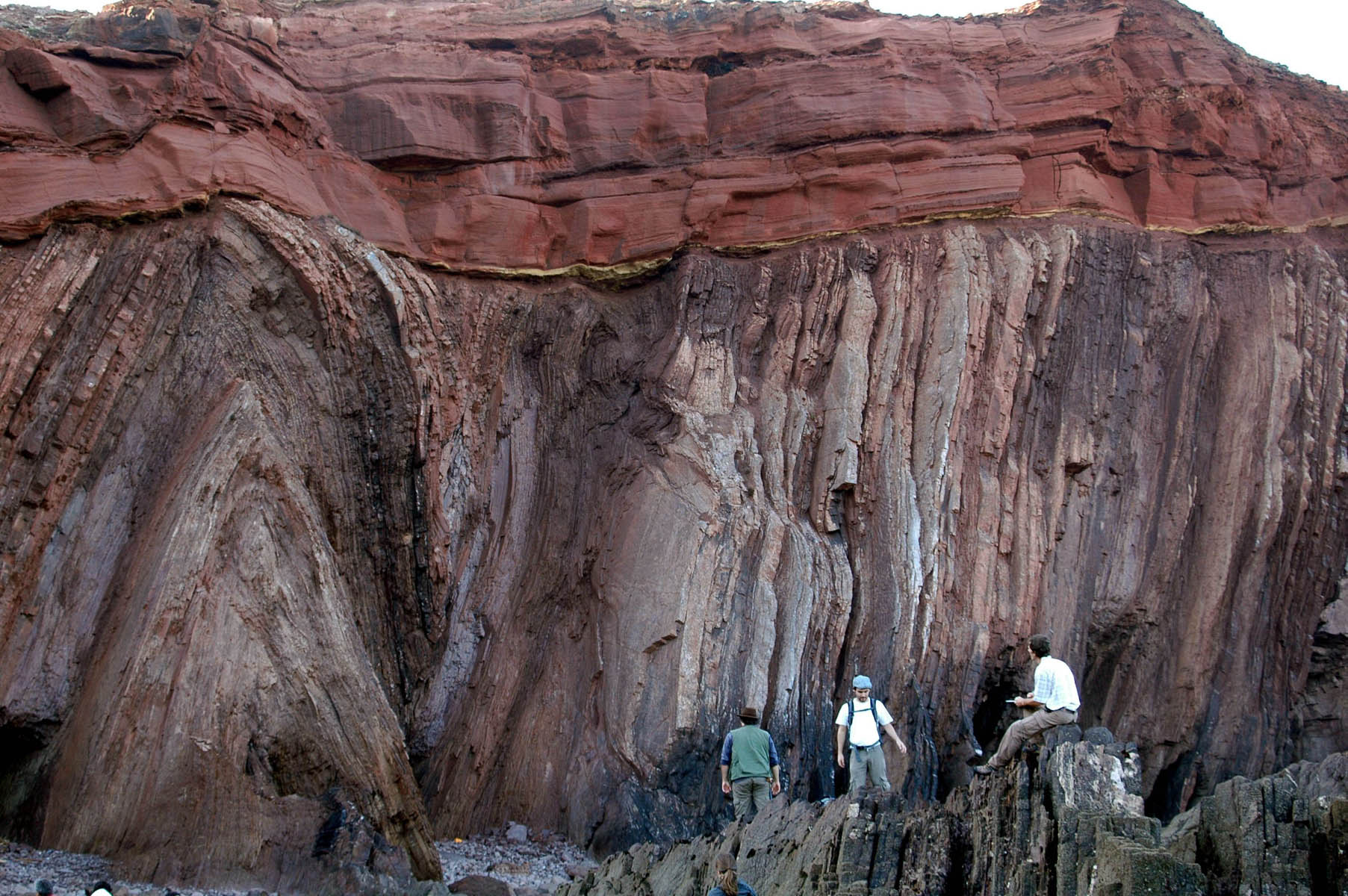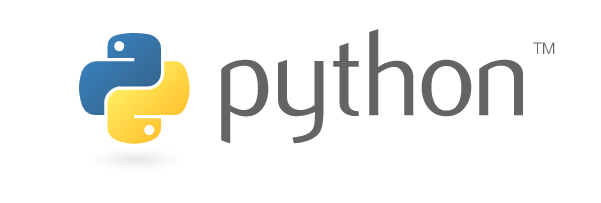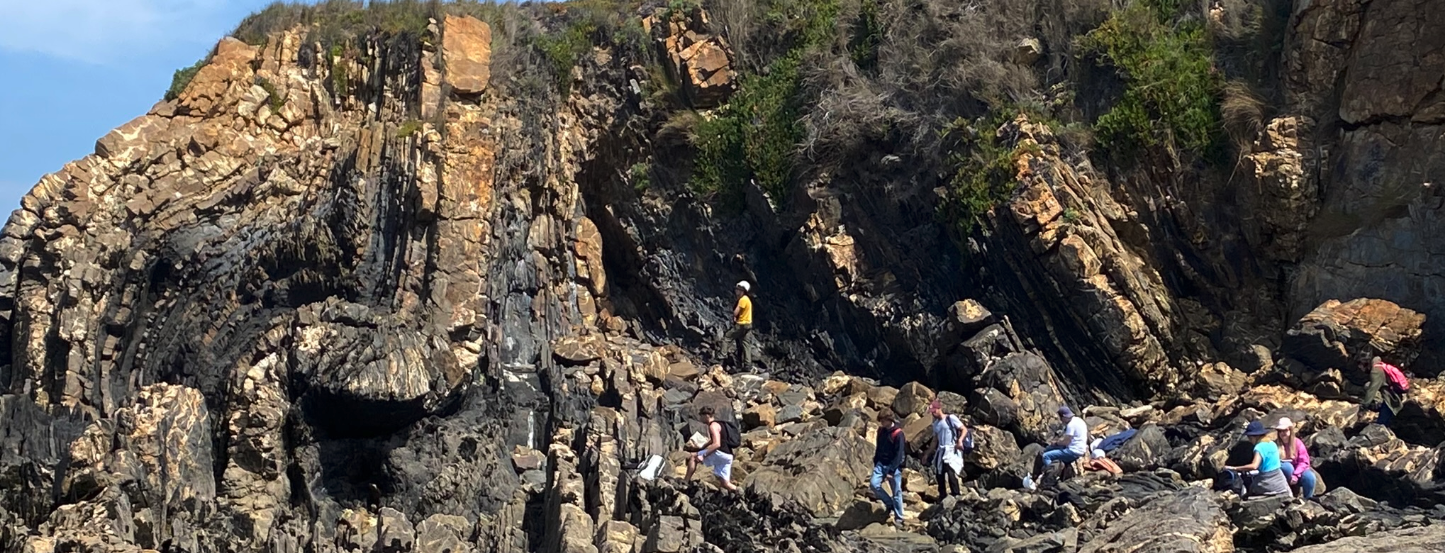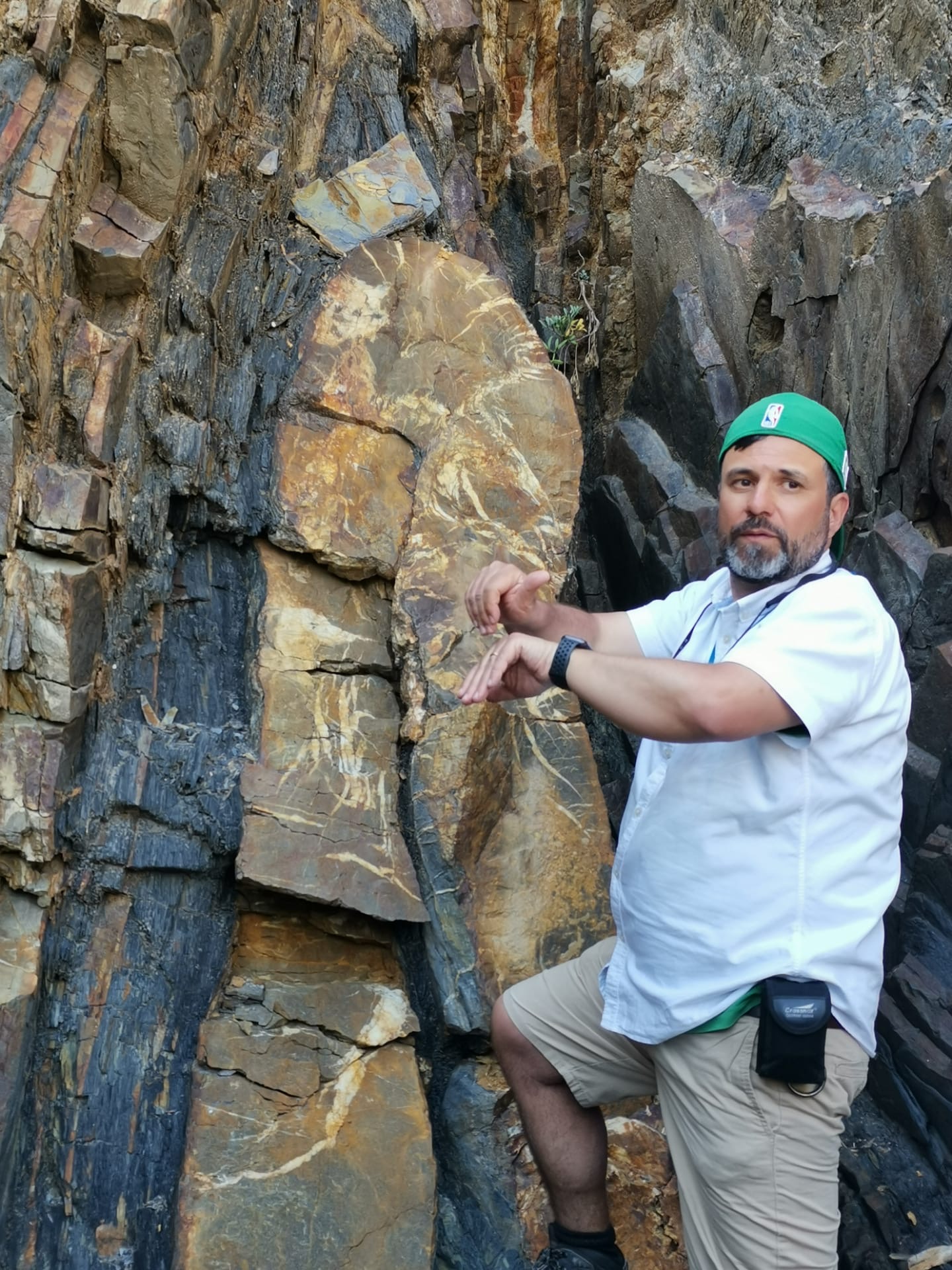 I’ve been teaching Geology for 25 years, i.e., since the year 2000, at the University of Lisbon (Geology Department, Faculty of Sciences).
I’ve been teaching Geology for 25 years, i.e., since the year 2000, at the University of Lisbon (Geology Department, Faculty of Sciences).
During this period, I taught 18 different courses, 13 at BSc degree level, and 5 at MSc level.
I coordinated (as course “regent”) 4 courses at BSc level: Structural Geology, Marine Geology, Field Geology I and Field Geology II.
At MSc level I coordinated (as course “regent”) the following 5 courses: Structural Geology and Tectonics, Numerical and Experimental Modelling of Geological Processes, Tectonophysics, Geology of Continental Margins, and Geology of Oceanic Basins.
Between September 2015 and July 2017 I was the Director of the Earthsystems Doctoral Program comprising PhD students from the Geology and DEGGE (Geophysics) departments.

I am presently teaching…
…the following BSc Geology degree courses:
- Structural Geology (course coordinator or “regent”, 2nd year/2nd semester);
- Field Geology (course coordinator or “regent”, 3rd year/2nd semester);
- Tectonics (participation in teaching theoretical and practical courses, 3rd year/2nd semester).
Here are some examples of different previous field and lab activities carried out in classes:
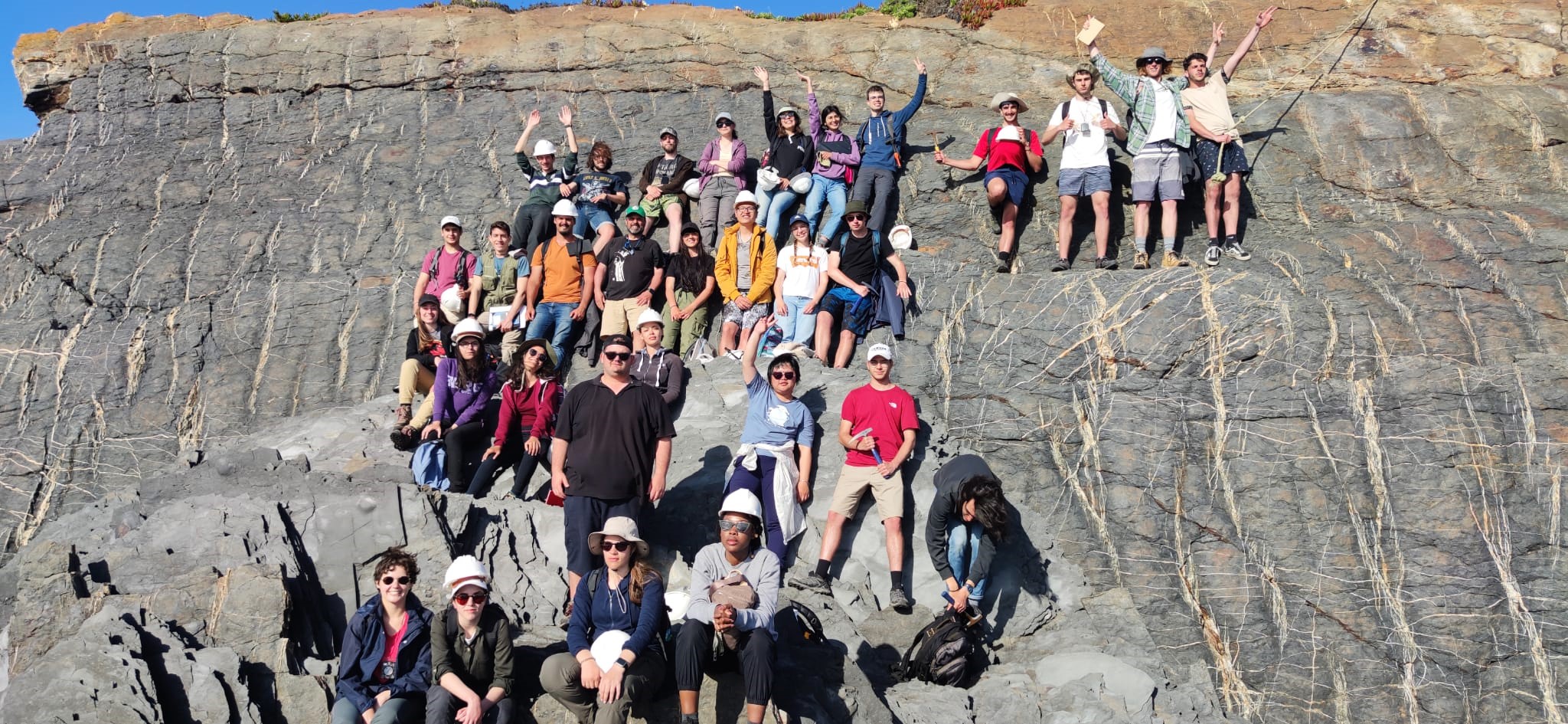
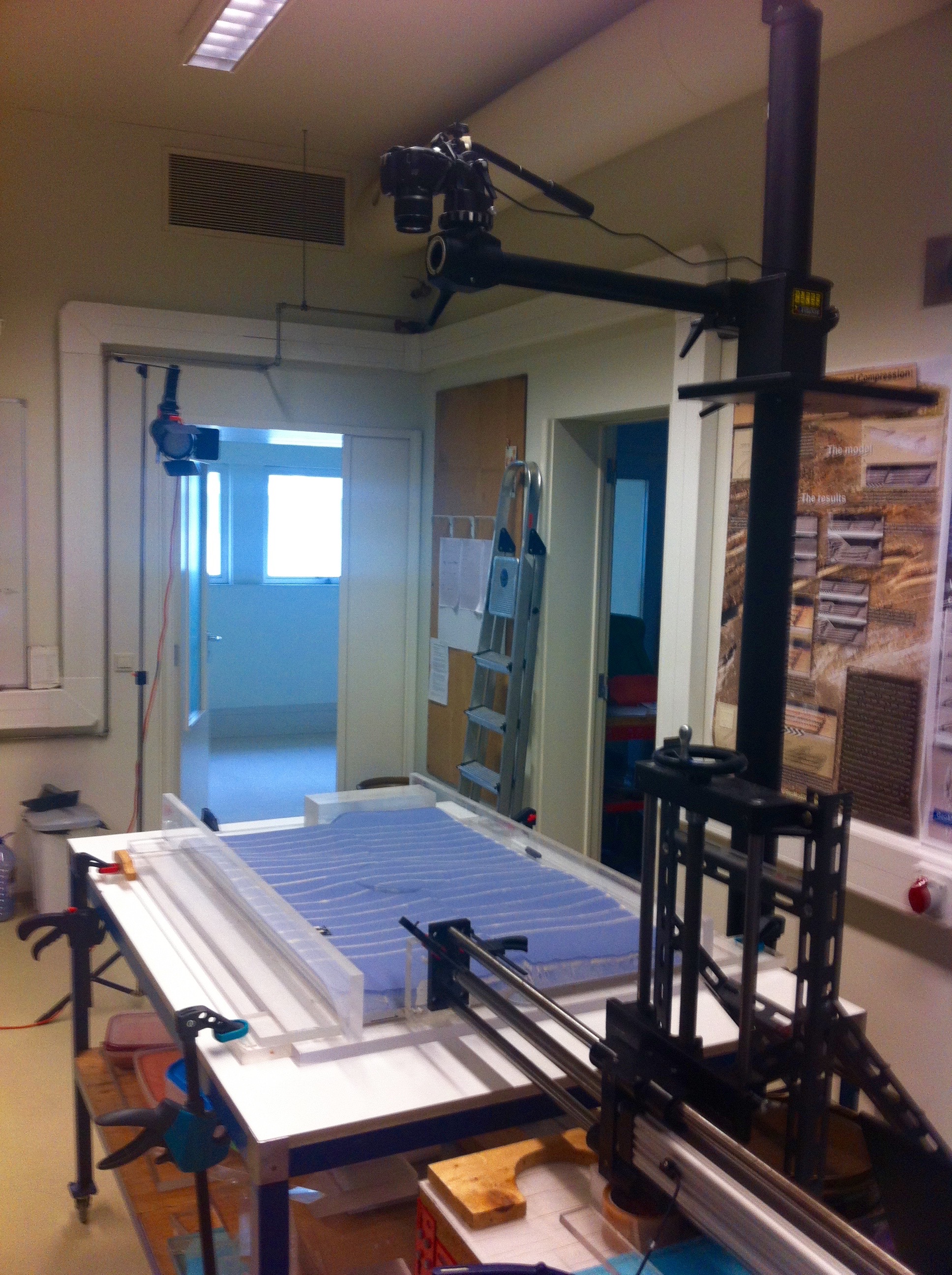
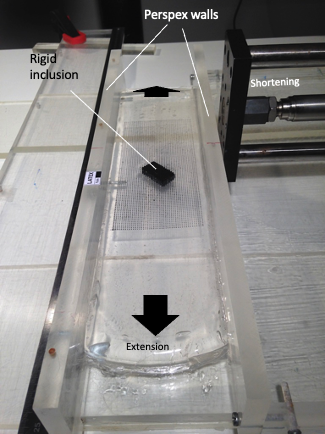
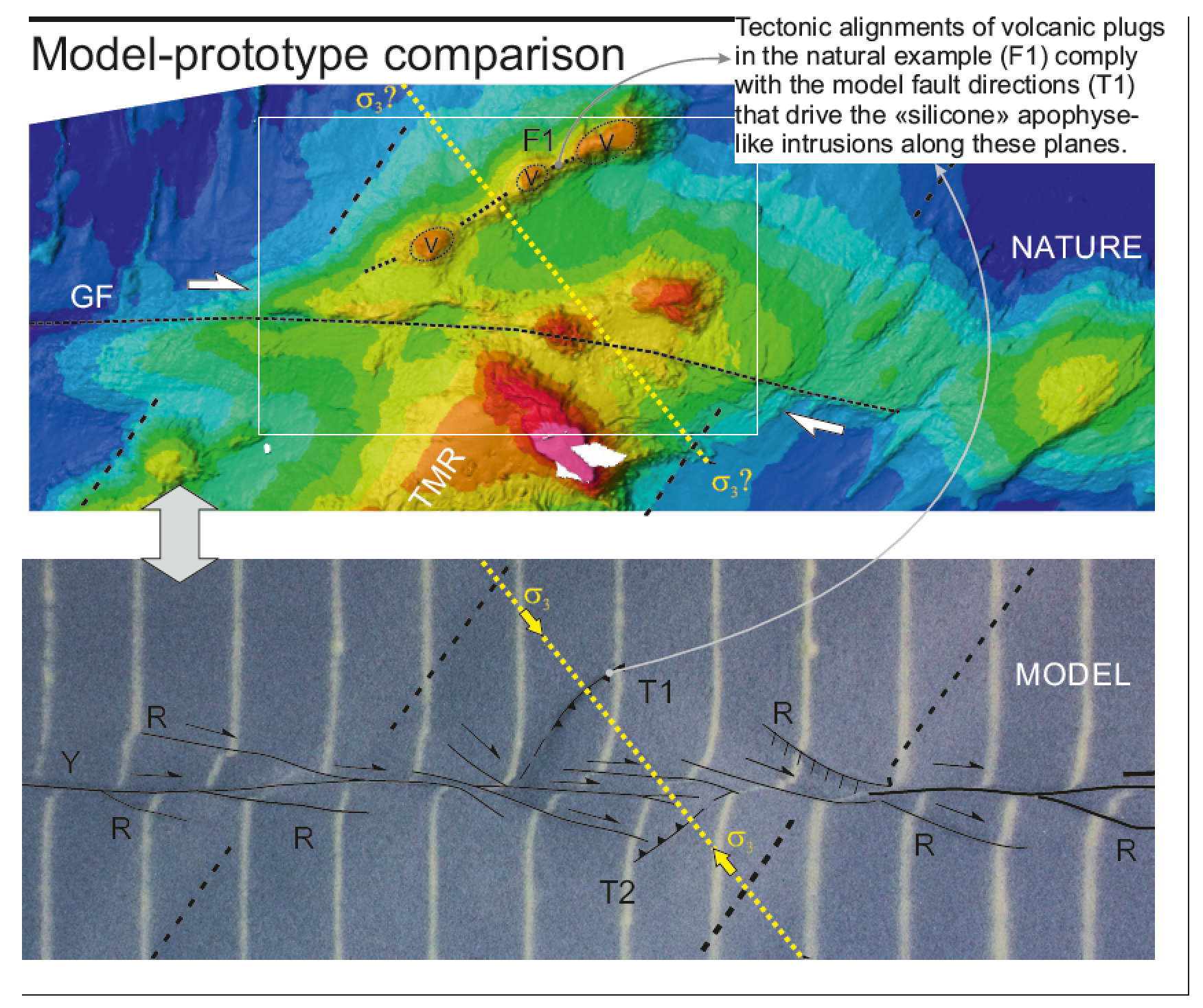
I also teach the following MSc Geology degree course:
- Tectonophysics (course coordinator or “regent”, 1st year/2nd semester)
Here are some examples of different models developed in classes:
Movie above: subduction model (Underwolrd code) with top free-slip BC. Geometry (material index), temperature and viscosity outputs are depicted.
Movie above: boudinage under a coaxial strain regime.
Movie above: a semi-rigid rectangular body is deformed and rotated towards the horizontal shear plane under bulk coaxial flow.
Movie above: semi-rigid rotation under non coaxial shear flow. Semi-rigid particle rotates (and deforms) under a non-coaxial shear regime.
Geology students learn to code in python scientific language to address different tectonics and structural geology problems, as well as many others of geological interest.
Movie above: example of the output obtained from programing in Python the rotation of an inequidimensional rigid particle under bulk simple shear (Jefferey 1922 equation).
I also taught…
…the Petroleum Geoscience course – M.Sc in Petroleum Engineering offered by Heriot-Watt University and ISPG, between April 2014 and February 2020.

The 2018 Petroleum Geoscience students during a field trip to the Lusitanian Basin with colleague Rui Baptista from GALP oil company.
